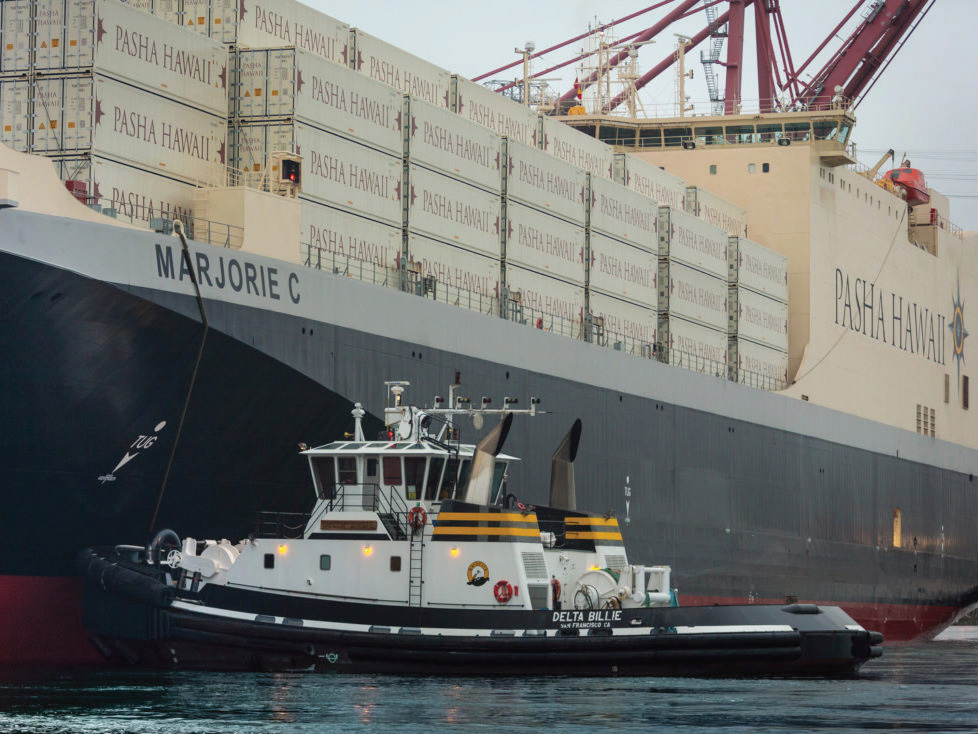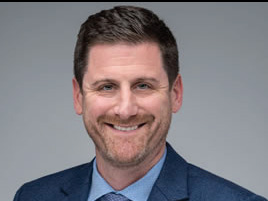Passed in August 2022, the Inflation Reduction Act sets aside $3 billion for maritime decarbonization at U.S. ports, which covers switching to zero- or near-zero emissions cargo handling equipment. Marine Terminal Operators’ (MTOs’) top priority is the health and safety of waterfront workers. As such, port stakeholders are motivated to reduce emissions and meet proposed emission reduction goals, but the new legislation must align with the maritime industry realities and account for the challenges of equipment acquisition, especially market availability and costs.

Challenge No. 1: Equipment Transition
The Inflation Reduction Act allots funding for ports to reduce air pollution and advance zero-emissions technology, but switching to new equipment quickly will limit the ROI of existing equipment that is still usable. Port equipment are long-term, capital-intensive investments with replacement based on end-of-service life estimations. MTOs will need to adapt projects to accommodate the future integration of zero-emission and near-zero-emission technologies.
Challenge No. 2: Zero-emission Equipment Manufacturing
Replacing cargo handling equipment with zero- or near-zero-emission solutions is not a straightforward or immediate proposition. Timelines for replacement are also significant. Currently, wait times for zero- or near-zero container handlers are nearly two years. Small ports will be disadvantaged by these wait times as big ports have established relationships with manufacturers and more financial resources to accommodate longer lead times.
MTOs are investing money in domestic equipment manufacturing. These manufacturers, partnered with current domestic battery suppliers, are already building specialized electric terminal equipment, creating tens of thousands of jobs across the country. However, there are many heavy duty pieces of equipment that can only be sourced in part or whole, outside of the U.S., which can make that equipment ineligible for the program. In those cases, waivers or other means of accommodation should be considered and approved in a timely manner. The Buy American clauses of the legislation assume that iron, steel and other materials can be manufactured in the U.S. and these timeframes are unlikely as well. The Clean Ports program—a part of the Inflation Reduction Act—must accommodate production processes and timelines for replacement, including allowing overseas equipment development when required, as a bridging strategy while U.S. domestic manufacturers switch to on-shore production.
Challenge No. 3: Infrastructure
The directive to transition to zero- or near-zero-emissions equipment will significantly increase MTOs’ electricity needs. The utility infrastructure must be prepared to support the higher energy demand required to convert the MTOs’ equipment to zero emission. However, preparing utility infrastructure is outside most MTOs’ scope. Other energy generation technologies such as hydrogen also need a longer lead time.
Converting rubber tyred gantries (RTGs) or similar equipment to zero emissions has a prohibitive cost to the infrastructure. Ideally, funding for transforming the equipment should also include infrastructure work at the terminal to achieve the timelines they are considering. The ports and utilities need to expedite the development of their zero-emissions infrastructure master planning and develop capital improvement plans so that MTOs can deploy equipment sequentially and cost-effectively.
Implementing and Revising the Legislation
While MTOs favor reducing emissions generated at ports, there are a few critical adjustments to the legislation that would enable MTOs to be more aligned with the goals and provisions of the Inflation Reduction Act. Most importantly, the government should adjust the timelines and support MTOs in the planning process of climate initiatives, including granting a tax credit. Current timelines are unrealistic and will likely fall short of intended outcomes.
Planning and permitting for equipment and charging infrastructure should be kept from, sequenced or combined with the development of climate action plans. Waiting for the completion of a port-commissioned climate action plan will delay the implementation of near-zero emission equipment. We recommend that the EPA maximize project contract windows and clarify when MTOs must spend, claim and liquidate all funds.
Legislators could restructure the program to provide deeper assistance for U.S. manufacturers that build specialized terminal equipment. To accelerate equipment design and manufacturing for equipment that is unavailable in the U.S., legislators could revise the Inflation Reduction Act to allow overseas equipment development with a process to transition to American-made products over time, such as joint ventures.
MTOs and other stakeholders have an opportunity to voice their opinion about how to structure the program for success. Operators had until January 18, 2023, to share their concerns and encourage the EPA to adjust their approach to this program, which, if implemented in recognition of the real-world constraints facing MTOs, could be a substantial catalyst to achieve this administration’s emission reduction goals.
About the Author
Robert Murray is president of the National Association of Waterfront Employers (NAWE), the voice of the U.S. marine terminal operator (MTO) and stevedoring industry in Washington, DC. NAWE promotes marine cargo efficiency, security and a clean environment.
international trade, and economic growth through advocacy, education, and industry cooperation.






